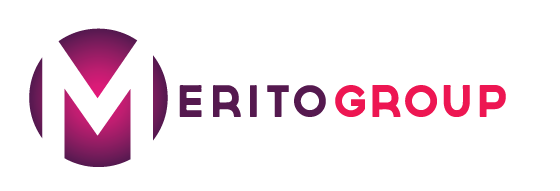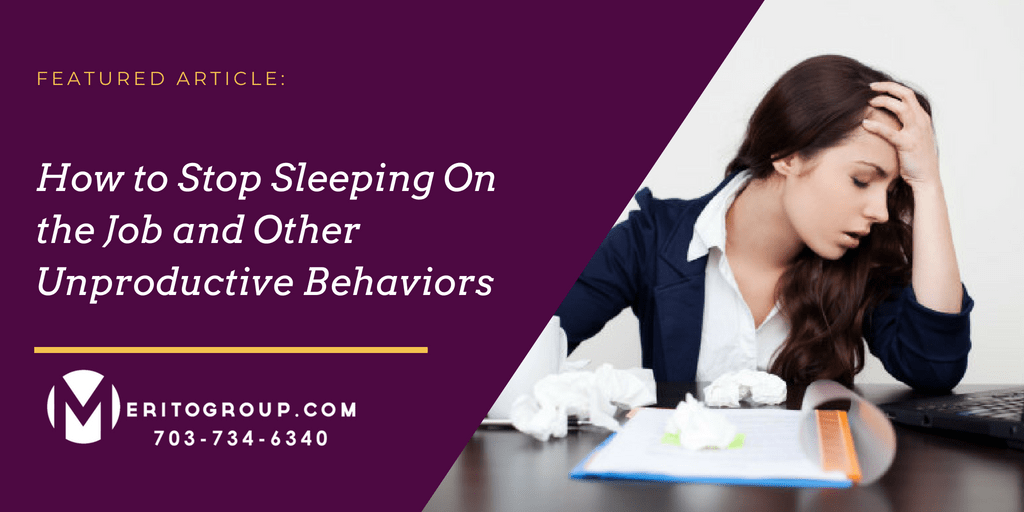Merito Group is a boutique, woman-owned recruitment firm based in the Washington DC Metro Area which believes that the most important investment a company can make is in their employees. Having workers who are disengaged or following unhealthy lifestyles can tank productivity and harm the firm.
Sleeping on the Job
It’s a source of countless corny jokes, but also a very real problem in the modern workplace: overtired employees snoozing away the working day.

Of 1,001 people polled by mattress company Amerisleep, about 21 percent admitted to having gotten some shut-eye when they were supposed to be working. The drowsiest three industries were technology, where 70 percent of respondents who worked in that field admitted to sleeping on the job; construction (68.2 percent); and government and public administration (63.5 percent). Most wakeful were those who worked in arts, entertainment, and recreation, where 34.6 percent copped to having indulged in sleeping on the job.
Disengaged From Work
Even if they aren’t actually unconscious, employees spend a lot of the working day figuratively “out to lunch.”
Just over a quarter of working time is spent disengaged, according to a survey by Menlo Park, Calif.-based office staffing firm Accountemps, which had an independent research firm collect more than 2,800 responses from employees in 28 major U.S. cities.
The route to better engagement could be relatively simple and low-cost for employers, according to some of the responses the employees gave when asked what would help. The most popular answer was better perks (37 percent), with more challenging work and less red tape tied for second place at 31 percent each. One example of a perk mentioned in the Accountemps survey report: “Nap rooms.”
Get It Right at the Start
If employees’ disengagement is so deep that they’re sleeping or playing computer solitaire to while away the workday, there’s a fair chance the problem began when they first started working for their employer.
When it comes to onboarding activities, survey respondents gave the highest marks to introductions to their work team, in-person training, and tours of the facilities. Least popular were getting-to-know-you icebreakers, “consistent communication,” and overly chipper HR or recruiter personnel.
To read more savvy tips on increasing human capital efficiency and avoiding turnover by Martin Berman-Gorvine, click here.

